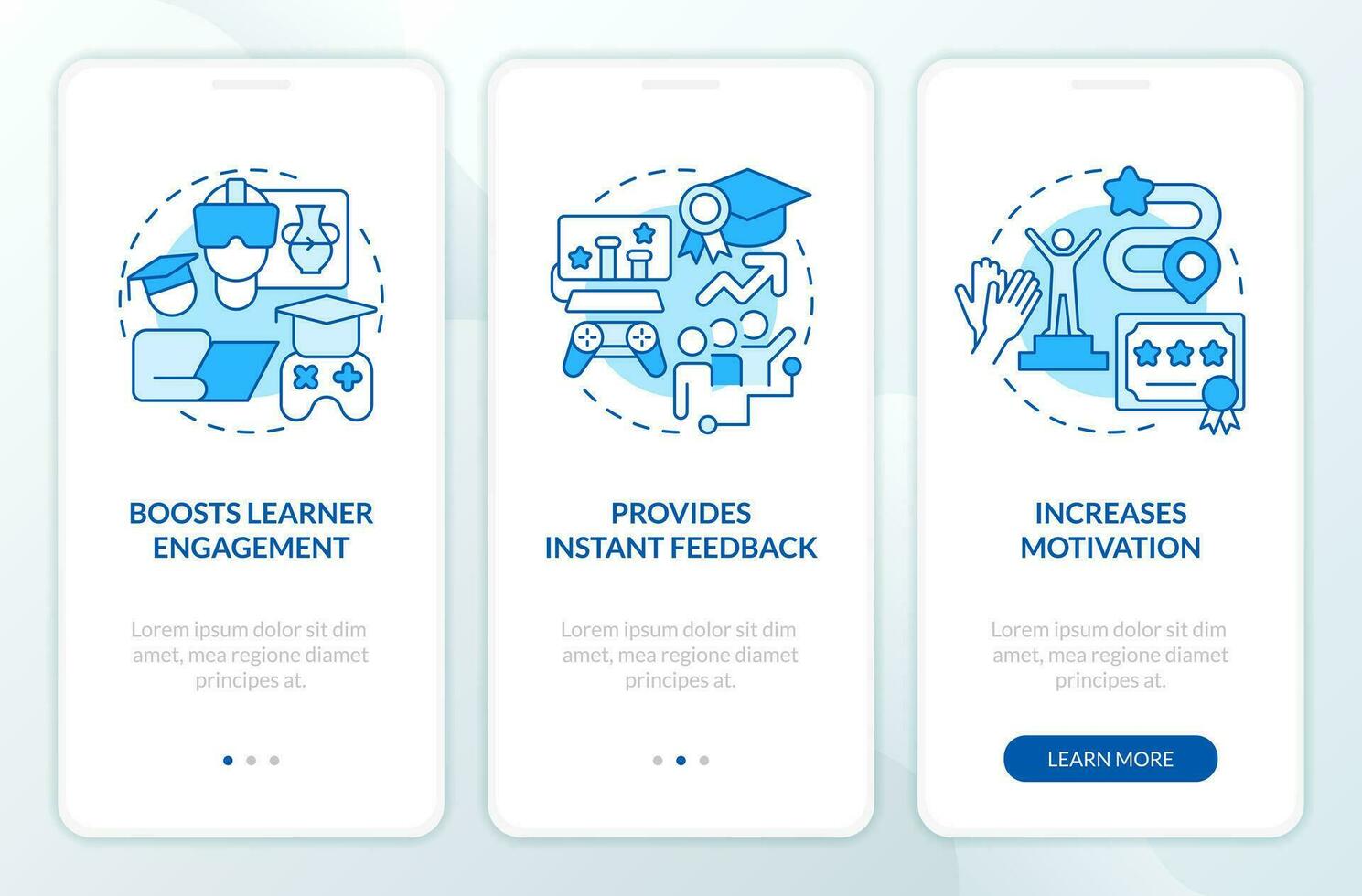Effective Teaching Strategies for Students with Autism in Inclusive Classrooms



- Difficulties with social communication and interaction
- Repetitive behaviors or interests
- Sensory sensitivities (e.g., light, sound, touch)
- Difficulties with transitions or changes in routine
- Specific learning styles and preferences
Characteristic | Description | Implications for Teaching |
|---|---|---|
Social Communication | Difficulties with understanding and using social cues, initiating and maintaining conversations. | Provide clear and explicit social rules, use visual supports to aid communication, teach social skills explicitly. |
Repetitive Behaviors | Engaging in repetitive movements, speech, or routines. | Provide structured routines, offer alternative activities, understand the function of the behavior. |
Sensory Sensitivities | Over- or under-sensitivity to sensory input (e.g., light, sound, touch). | Modify the environment to reduce sensory overload, provide sensory breaks, allow the use of sensory tools. |
Executive Functioning | Difficulties with planning, organization, and task initiation. | Break down tasks into smaller steps, provide visual schedules, offer organizational tools. |
Characteristic | Description | Implications for Teaching |
|---|---|---|
Social Communication | Difficulties with understanding and using social cues, initiating and maintaining conversations. | Provide clear and explicit social rules, use visual supports to aid communication, teach social skills explicitly. |
Repetitive Behaviors | Engaging in repetitive movements, speech, or routines. | Provide structured routines, offer alternative activities, understand the function of the behavior. |
Sensory Sensitivities | Over- or under-sensitivity to sensory input (e.g., light, sound, touch). | Modify the environment to reduce sensory overload, provide sensory breaks, allow the use of sensory tools. |
Executive Functioning | Difficulties with planning, organization, and task initiation. | Break down tasks into smaller steps, provide visual schedules, offer organizational tools. |

- Establish clear and consistent routines.
- Use visual supports to aid understanding.
- Create a designated quiet area.
- Minimize distractions.
- Promote positive social interactions.
Element | Description | Benefits |
|---|---|---|
Structured Environment | Predictable routines, clear expectations, visual supports. | Reduces anxiety, promotes independence, enhances understanding. |
Quiet Area | Designated space for relaxation and sensory regulation. | Provides a safe space for students to de-stress, reduces sensory overload. |
Positive Social Climate | Acceptance, understanding, and respect among students. | Promotes a sense of belonging, fosters empathy, reduces social anxiety. |
Clear Communication | Explicit instructions, concise language, visual aids. | Enhances understanding, reduces confusion, promotes active participation. |
Element | Description | Benefits |
|---|---|---|
Structured Environment | Predictable routines, clear expectations, visual supports. | Reduces anxiety, promotes independence, enhances understanding. |
Quiet Area | Designated space for relaxation and sensory regulation. | Provides a safe space for students to de-stress, reduces sensory overload. |
Positive Social Climate | Acceptance, understanding, and respect among students. | Promotes a sense of belonging, fosters empathy, reduces social anxiety. |
Clear Communication | Explicit instructions, concise language, visual aids. | Enhances understanding, reduces confusion, promotes active participation. |

- Visual Supports: Picture schedules, task cards, social stories
- Structured Teaching: Organized environment, clear expectations
- Social Skills Instruction: Explicit teaching of social skills
- Reinforcement Systems: Positive reinforcement for desired behaviors
- Differentiated Instruction: Tailoring instruction to individual needs
Strategy | Description | Example |
|---|---|---|
Visual Supports | Using visual aids to communicate information and support understanding. | Picture schedule showing the daily routine. |
Structured Teaching | Organizing the environment and materials in a predictable and visually clear way. | Workstations with labeled materials and clear instructions. |
Social Skills Instruction | Explicitly teaching social skills through modeling, role-playing, and feedback. | Teaching students how to initiate a conversation by saying 'Hi, my name is...' |
Positive Reinforcement | Providing rewards or praise for desired behaviors or academic achievements. | Giving a sticker or verbal praise for completing a task. |
Task Analysis | Breaking down complex tasks into smaller, manageable steps. | Teaching hand washing by breaking it down into steps like 'Turn on water', 'Wet hands', 'Apply soap'. |
Strategy | Description | Example |
|---|---|---|
Visual Supports | Using visual aids to communicate information and support understanding. | Picture schedule showing the daily routine. |
Structured Teaching | Organizing the environment and materials in a predictable and visually clear way. | Workstations with labeled materials and clear instructions. |
Social Skills Instruction | Explicitly teaching social skills through modeling, role-playing, and feedback. | Teaching students how to initiate a conversation by saying 'Hi, my name is...' |
Positive Reinforcement | Providing rewards or praise for desired behaviors or academic achievements. | Giving a sticker or verbal praise for completing a task. |
Task Analysis | Breaking down complex tasks into smaller, manageable steps. | Teaching hand washing by breaking it down into steps like 'Turn on water', 'Wet hands', 'Apply soap'. |

- Regular communication with parents
- Collaboration with special education teachers and therapists
- Participation in IEP meetings
- Sharing information about the student's progress
- Coordinating services and support
Stakeholder | Role | Contribution |
|---|---|---|
Parents | Provide information about the student's history, strengths, and needs. | Share insights into the student's preferences, behaviors, and challenges at home. |
Special Education Teacher | Provide expertise in ASD and evidence-based practices. | Offer guidance on adapting materials and implementing strategies. |
General Education Teacher | Implement inclusive teaching strategies and create a supportive classroom environment. | Monitor student progress and communicate with the team. |
Therapists (e.g., Speech, OT) | Provide specialized therapy services to address specific needs. | Offer strategies for improving communication, sensory processing, and motor skills. |
Stakeholder | Role | Contribution |
|---|---|---|
Parents | Provide information about the student's history, strengths, and needs. | Share insights into the student's preferences, behaviors, and challenges at home. |
Special Education Teacher | Provide expertise in ASD and evidence-based practices. | Offer guidance on adapting materials and implementing strategies. |
General Education Teacher | Implement inclusive teaching strategies and create a supportive classroom environment. | Monitor student progress and communicate with the team. |
Therapists (e.g., Speech, OT) | Provide specialized therapy services to address specific needs. | Offer strategies for improving communication, sensory processing, and motor skills. |








